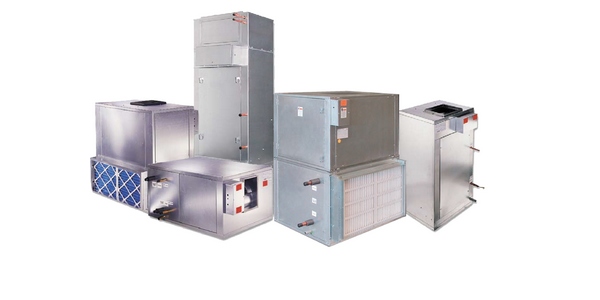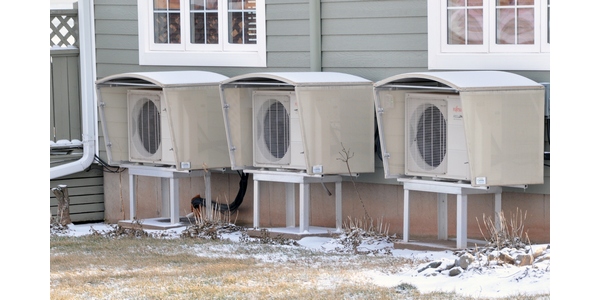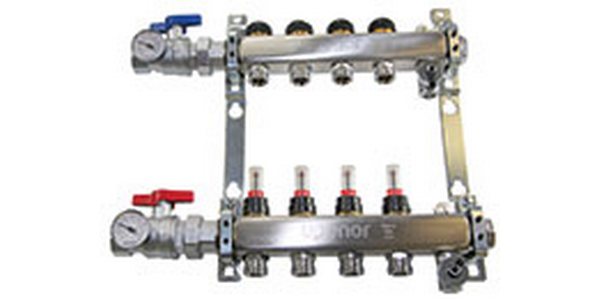IAPMO Seeks USEHC Geothermal Piping, Photovoltaic Task Group Members
ONTARIO, Calif. – The International Association of Plumbing and Mechanical Officials, publisher of the Uniform Solar Energy and Hydronics Code, is accepting applications and seeking technical experts to participate on task groups relating to geothermal piping and photovoltaic systems.
The scope of the Geothermal Piping Task Group is to review Items 97, 98, 99 and 100 from the 2016 USEHC Report on Proposals regarding testing of u-bends and headers in Geothermal Systems, Section 703.4.2.
The task group will review the proposals and develop recommendations to combine all four into one in order to evaluate the combined effects in Section 703.4.2, and will develop recommendations regarding testing requirements based on industry best practices. The recommendations, along with a report of underlying issues, will be forwarded to the USEHC Technical Committee for review.
The scope of the Photovoltaic Task Group is to review Items 122, 123, 124, 125 and 126 of the 2016 USEHC ROP regarding Photovoltaic Systems, Sections 901.0, 902.0, 903.0, 908.0 and 909.0. The task group will review and develop recommendations to the new proposed language to ensure technical accuracy and to avoid conflicts between NFPA 70, Appendix B of the USEHC, and Chapter 9 of the USEHC. The recommendations, along with a report of underlying issues, will be forwarded to the USEHC Technical Committee for review.
Task group members will participate via conference call or web meeting, provide their perspective on the code and assist in drafting recommendations for action by the USEHC technical committee. Applicants are not required to be members of the USEHC technical committee.
Interested parties for either/both of the Geothermal Piping or Photovoltaic task groups can submit an application at: http://forms.iapmo.org/iapmo/committee/app_task_group.asp.
The deadline to submit an application is April 7.




